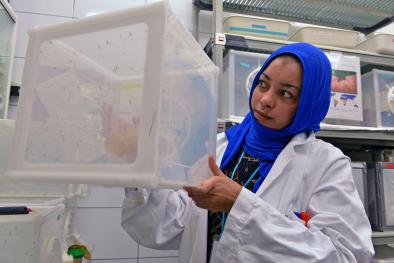Science Source
El Niño and climate change—contributing factors in the dispersal of Zika virus in the Americas? - The Lancet
- States that Isaac I Bogoch and colleagues anticipated the international spread of Zika virus from Brazil through air traffic
- States that permissive climatic conditions for Aedes mosquitoes might have contributed to the explosive spread of Zika virus in Brazil
- States that the 2015 El Niño caused exceptional climatic conditions in northeastern South America during winter and spring in the southern hemisphere
- States that, according to the US National Oceanic and Atmospheric Administration, the temperatures over north and eastern South America were “record warmest”, accompanied by a severe drought, throughout the second half of 2015
Related Content
Science Source
| Proceedings of the National Academy of Sciences
Global risk model for vector-borne transmission of Zika virus reveals the role of El Niño 2015
Cyril Caminade, Joanne Turner, Soeren Metelmann et al
Headline

Apr 7, 2017 | Carbon Brief
Zika outbreak ‘fuelled by’ El Niño and climate change
Science Source
| MMWR. Morbidity and Mortality Weekly Report
Vital Signs: Update on Zika Virus–Associated Birth Defects and Evaluation of All U.S. Infants with Congenital Zika Virus Exposure — U.S. Zika Pregnancy Registry, 2016
Megan R. Reynolds, MPH; Abbey M. Jones, MPH; Emily E. Petersen et al
Headline

Apr 4, 2017 | The New York Times
One in 10 Pregnant Women With Zika in U.S. Have Babies With Birth Defects


